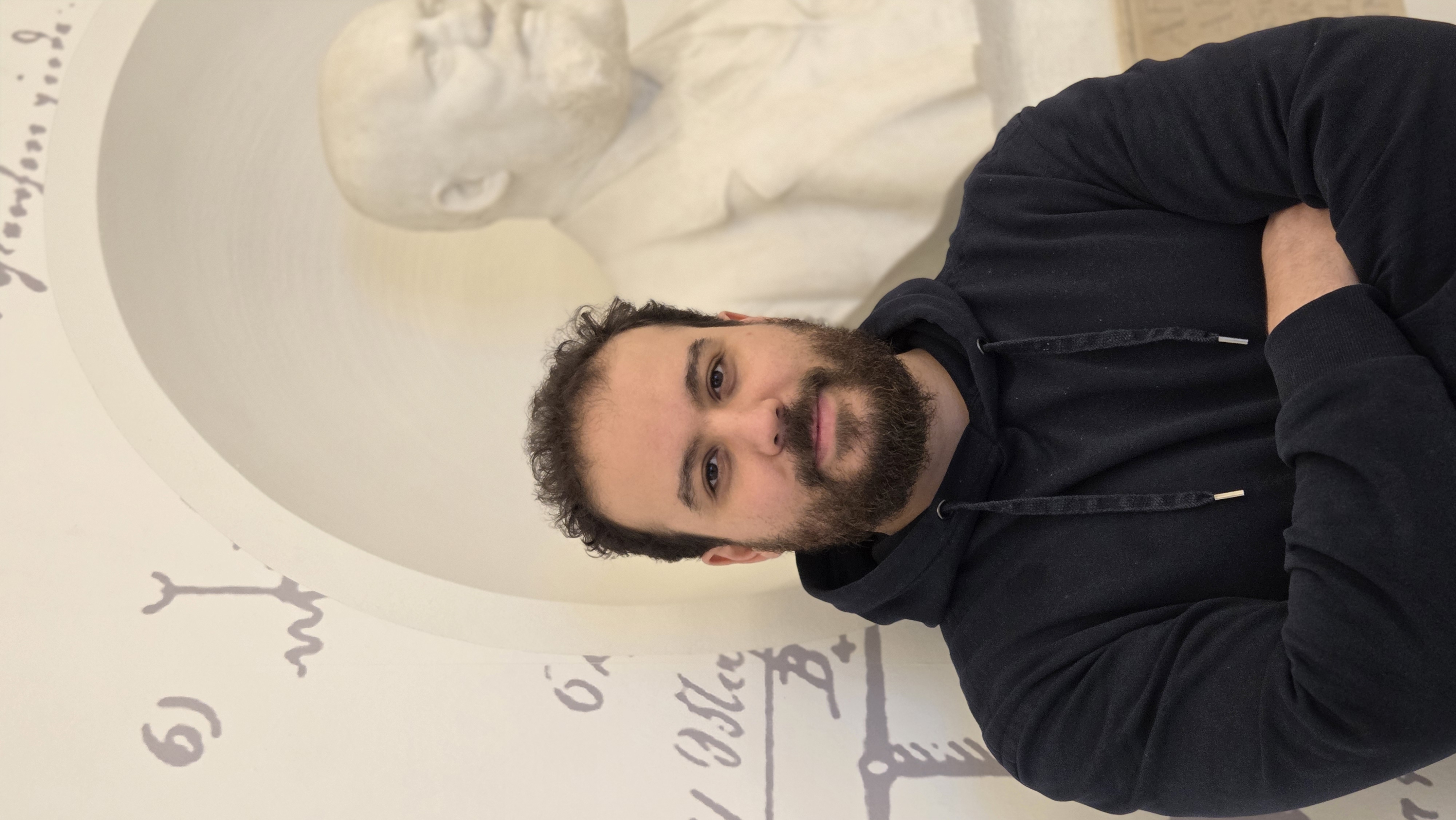Exploring the Structure and Topology of Oxide Glasses Under Pressure
Date:
In this talk I presented results on the topology of oxide glasses extracted using persistent homology with a foucus on void structure.
Abstract: Glasses are a non-equilibrium, non-crystalline condensed state of matter that exhibits a glass transition, where their structure is like that of their parent supercooled liquid. The non-crystalline nature of glasses provides them with several advantages over crystalline materials, including superior mechanical behavior and defiance of stoichiometry rules. However, this comes with drawbacks as well, as it is nontrivial to analyze the glass structure at a level larger than the short range (> 5 ), thus resulting in a lack of proper structure–property relationship. Here, we use atomistic simulations and persistent homology (PH) 2,3,4 to analyze the medium-range structure of the archetypal oxide glass (Silica) at ambient temperatures and with varying pressures. PH offers a robust, scale-invariant method to identify loops and cavities, enabling the unbiased detection of topological features that are not captured by conventional structural metrics. This provides an advantage over other methods for studying the structure and topology of complex materials, such as glasses, across multiple length scales. We captured subtle topological transitions in medium-range order and cavity distributions, providing insights into glass structure and topology. Our work provides a robust method for extracting the medium- range structure and void distribution of oxide glasses based on persistent homology, thereby advancing the interpretation of glass structure beyond pair correlations.
